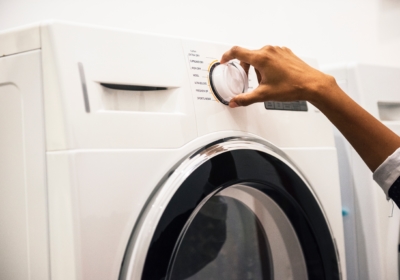As reported by the WSJ, Walmart and Target will both add new automation initiatives as labor costs continually rise.
The retail giants will be relying on technology for key operational functions in order to boost their customer service as staff members will now have more time in attending customers personally.
For Target, it is a matter of using automated cash-counting machines, which will debut into thousands of stores anytime this year. The machines, “cash recyclers,” will serve two important tasks: count hard cash and predict the number of coins and paper notes that are needed on every shift.
Instead of a simultaneous rollout, a company source said that the machines will be incorporated in a staggered manner, starting with 500 stores. The use of the machines will commence in the first weeks of August. As for the workers of Target who used to perform the tasks of the machines, they will be given other roles.
This shift to automation reveals the battle of retailers in combating rising wages. As Target is decreasing manual functions with automation, it will boost the starting hourly pay from $12. The rate is seen to increase up to $15 by the year 2020. A trend towards automation is already known to have an impact towards online commerce as retail giants are keen in enhancing customer service. Of course, customers can still place orders online. Through automation, they’ll have a better experience when they’re picking up their orders in stores.
Walmart, on the other hand, will bring robots into their stores, which will be tasked with scanning inventory. A robotic eye will be excellent at finding out the items that are out of stock. The robots will also help direct customers when they are trying to look for what they need.
The robot deployment is guaranteed by Walmart to occur next year. To increase the speed of stocking up shelves, the retailer will also use conveyor belts in the back rooms of stores which will bring items to shelves from the truck with haste. Walmart’s goal is to decrease the number of employees that are assigned to unloading. Since the automation will free up half of the labor needed, the operational costs of the company will decrease and the workers will be given more important assignments.
The implication of technological developments like automation is grim for retail workers as nearly half of employees are already at risk of being unemployed. A study found that retail cashiers, which are mostly women, are the ones that are going to suffer the most.
The losses are disproportionately affecting the working poor as most retail workers live beyond the poverty line. Although investors and retail giants have to consider investment opportunities and risks, 1 in 10 workers in the country belongs to the retail industry. According to Research Center Institute on Investor Responsibility executive director, Jon Lukomnik, this means automation won’t just impact retail workers – it will also have several broad implications to the country’s economy.


